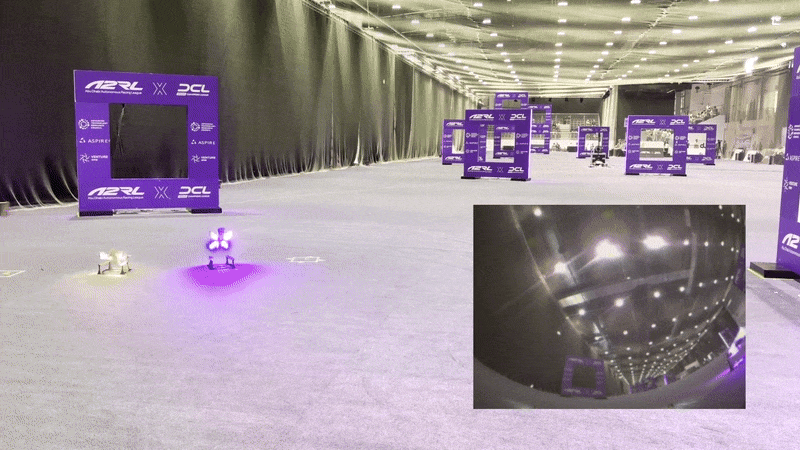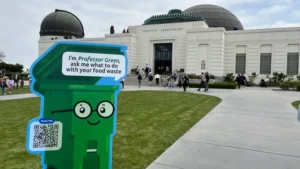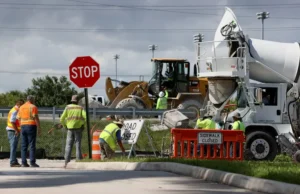Key Takeaways
- An autonomous drone from TU Delft’s MAVLab won the A2RL Drone Championship in Abu Dhabi, defeating human champions.
- The drone’s success stemmed from an advanced AI control system developed via collaboration with the European Space Agency’s Advanced Concepts Team.
- The project utilized a novel reinforcement learning method to bridge the “reality gap” between simulations and actual drone flights.
Historic Drone Racing Victory
The A2RL Drone Championship in Abu Dhabi marked a significant milestone as an autonomous drone from Delft University of Technology’s Micro Air Vehicle Laboratory (MAVLab) won against human drone racing champions. This triumph highlights the advancements in AI technology developed through collaboration with the European Space Agency’s Advanced Concepts Team (ACT).
Earlier this year, TU Delft’s MAVLab participated in this international competition, showcasing their drone’s capabilities against 13 other autonomous drones and three highly skilled human pilots. The victory was made possible by cutting-edge AI control systems that utilize neural network technology, initially created to optimize spacecraft guidance and control.
Dario Izzo, ACT’s scientific coordinator, explains that the foundation of this collaboration was laid a few years ago when ACT sought to innovate spacecraft control systems by integrating guidance and control into a unified “end-to-end” controller called Guidance & Control Networks (G&CNets). The collaboration with MAVLab allowed for practical testing of these concepts on drones, yielding impressive outcomes.
The G&CNets leverage neural networks, which are designed to mimic the brain’s architecture. Robin Ferede, a PhD candidate at TU Delft, detailed the team’s evolution from initial flight tests to their championship win. Initially trained using a “behavioral cloning” approach, the AI faced challenges due to a significant gap between simulated and real-world conditions, often resulting in crashes. This “reality gap” prompted the team to shift to reinforcement learning, enabling the AI to learn from real-time trials and adapt to unforeseen circumstances.
Despite space environments lacking aerodynamic forces, the necessity to ensure robust control systems became evident during this drone racing endeavor. Efforts to validate the G&CNets approach on various platforms, including drones, robots, and spacecraft, underscored the versatility of the technology.
TU Delft professor Guido de Croon remarked that the transition to reinforcement learning significantly enhanced the G&CNets’ performance and efficiency. The unpredictable nature of the drone racing environment tested their AI to its limits, with challenges arising from the racing conditions set by the organizers. The team had to think on their feet, making real-time adjustments to the AI model.
In the championship’s final rounds against world champions, quick adjustments allowed their drone to secure a place at the finish line first. The team plans to continue refining their technology by exploring ways to integrate it into smaller, energy-efficient chips, maintaining collaboration with ACT.
Izzo concluded that the achievement demonstrates how foundational research can lead to transformative applications, serving as a testament to the potential for advancements crossing domains—from autonomous spacecraft to high-speed racing drones.
The content above is a summary. For more details, see the source article.















